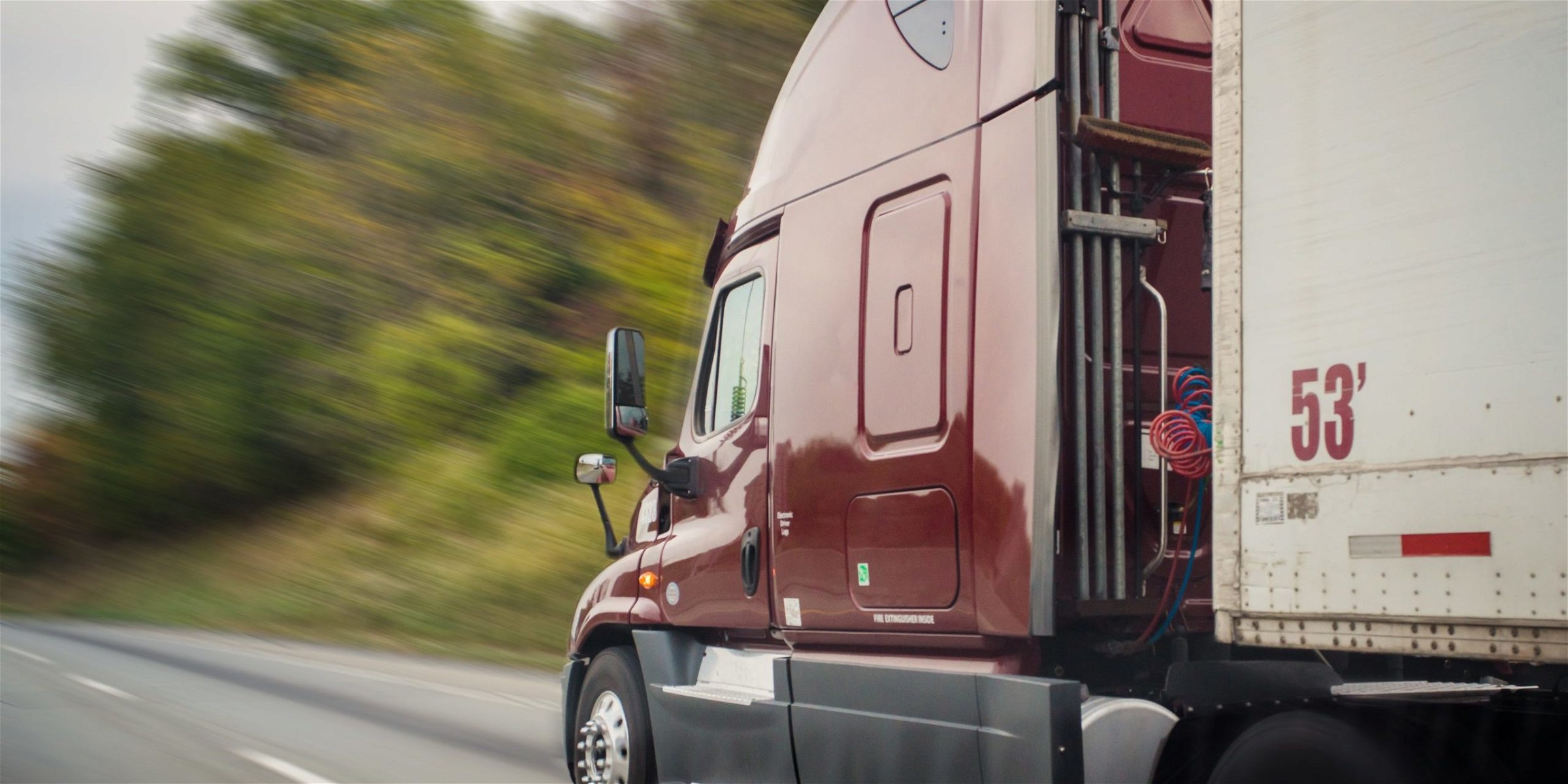
Four Factors That Increase the Risk of I-526 and I-26 Truck Accidents
Charleston County ranked third in the state for having the most traffic deaths in 2022. Truck accidents on I-526 and I-26 result in deaths and serious injuries each year.
These interstate highways are essential parts of South Carolina’s transportation network, yet they also pose serious risks to both car and truck drivers. Four factors contribute to the risk of being involved in a serious truck crash on I-526 and I-26.
Untrained Drivers
Teens in South Carolina are required to complete a driver’s education course and at least 40 hours of supervised driving to receive a license. Adult drivers receiving a license for the first time, however, are not held to this rigorous standard. South Carolina also allows drivers from other states to transfer their licenses to South Carolina, even if that state does not require a training course.
South Carolina drivers with a standard driver’s license may apply for a Class E or F driver’s license. A Class E license allows drivers to drive non-commercial single-unit vehicles weighing over 26,000 pounds. A Class F license applies to non-commercial combination vehicles weighing over 26,000 pounds.
Receiving a Class E or Class F license requires South Carolina drivers to demonstrate a basic understanding of how to maneuver these vehicles. It does not, however, require additional training beyond that necessary to receive a license to drive a passenger vehicle.
For a commercial driver’s license (CDL), a driver must pass a skills test. The driver is required to have a learner’s permit for only 14 days before taking the skills test.
In February 2022, the Federal Motor Carrier Safety Administration (FMCSA) required all drivers seeking a Class A or Class B CDL to complete an Entry-Level Driver Training (ELDT) course. Many truck drivers passing through South Carolina, however, were not held to this requirement – and many never completed extensive training.
Confused and Lost Drivers
Each day, Charleston receives truck shipments from New Jersey, New York, and other states. Unlike longtime Charleston residents, these truck drivers are often unfamiliar with the interstate highways surrounding the city.
Drivers may not realize that roadways like I-526 go by more than one name. They may misread signs and realize only after the fact that they’ve chosen the wrong lane or exit. Drivers may also be distracted by phone usage, surrounding traffic and other city sights. Several recent fatal truck crashes on I-526 were the result of drunken truck drivers.
In addition, the Charleston area has seen tremendous growth in the last few years, dominated by the move-in of between 90 and 150 new residents per day. Many of these new arrivals are unfamiliar with the roads, may be using GPS and have no idea where they are going. This can cause traffic slowdowns, congestion and dangerous situations as they try to navigate unfamiliar territory.
All of these situations can result in a serious accident. When drivers become lost or confused, they may inadvertently fail to follow the rules of the road. Distractions resulting from an attempt to get back on track can also cause a crash.
City Commuters
I-526 and I-26 funnel traffic in and around Charleston. Nearly 100,000 vehicles pass through the I-526 and I-26 interchange annually, according to the South Carolina Department of Transportation. Many more commuters travel on one or both interstate highways without passing through the interchange.
Approximately 97,800 Charleston workers commute by car each day, making cars the most popular form of transportation to and from work. It is also the only option since there is no rail or light rail system in the Charleston area. Thousands of these drivers are commuters entering the Charleston area via I-26 or navigating to their destination via I-526.
During the morning and evening commuter rush, truck drivers quickly find themselves surrounded by Charleston’s commuters. Truck drivers must adapt to traffic conditions as they occur in order to travel safely in commuter traffic. The more congested the roadways become, the more likely it is that a truck driver’s failure to take due care will result in a crash.
Weather Affecting Visibility
The weather in Charleston is unique – and it often impedes visibility. Blinding sun, fog, rain, high winds, and clouds can all make it more difficult for drivers to see where they’re going. The night sky is also noticeably darker than some metropolitan areas.
Charleston averages as many as 14 days of precipitation per month in the summer, according to the College of Charleston monthly climate averages. In the winter, foggy days become more frequent. Additional cloud coverage is also common in winter, which can create glare and limit visibility during short winter days.
While Charleston residents often watch the weather report and adapt their travel plans, truck drivers from out of state may not do so. These drivers may not know that Charleston frequently experiences weather that can limit drivers’ ability to navigate safely. Truck drivers may be caught unprepared, and a severe accident may result.
If you’ve been injured in a truck crash on I-526, I-26, or surrounding roads, don’t wait: Talk to an experienced Charleston truck accident lawyer today. The attorneys at Steinberg Law Firm can help. Contact us to schedule a free, confidential consultation.





















